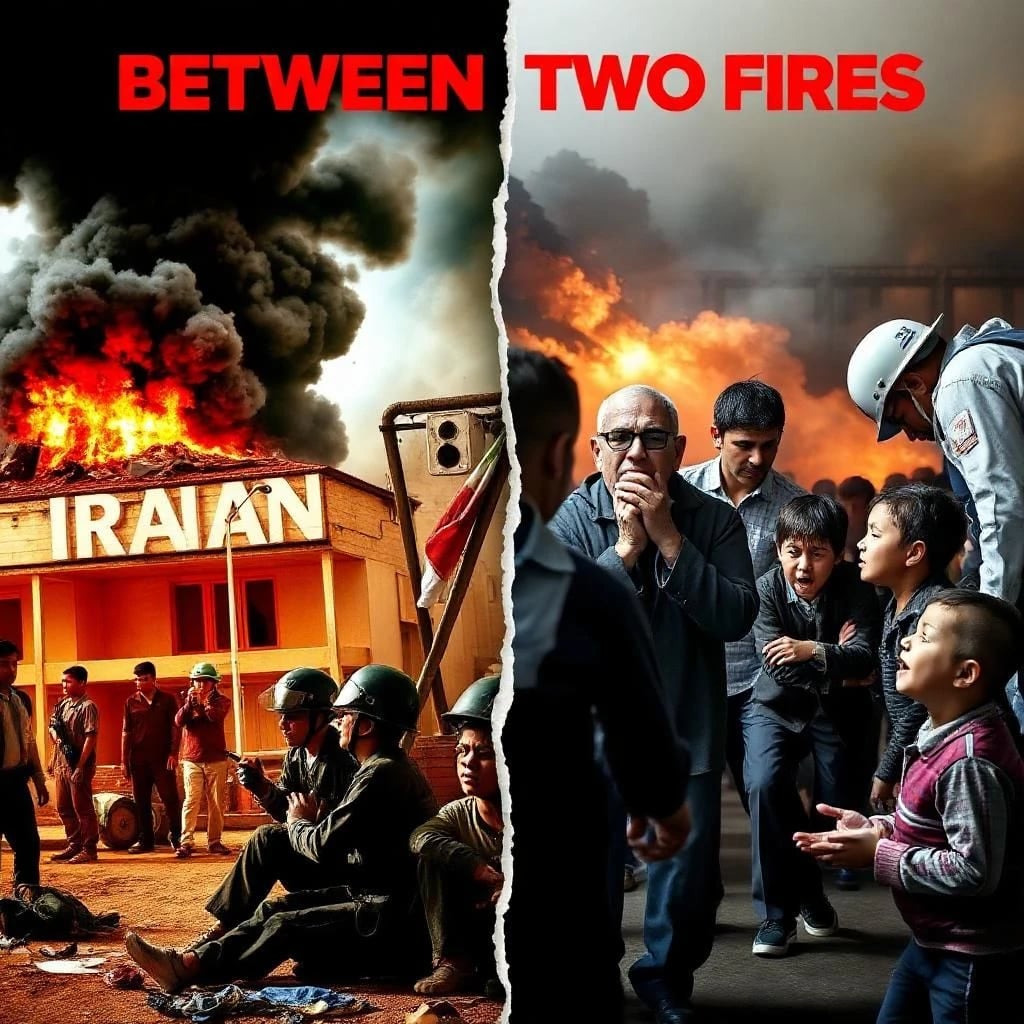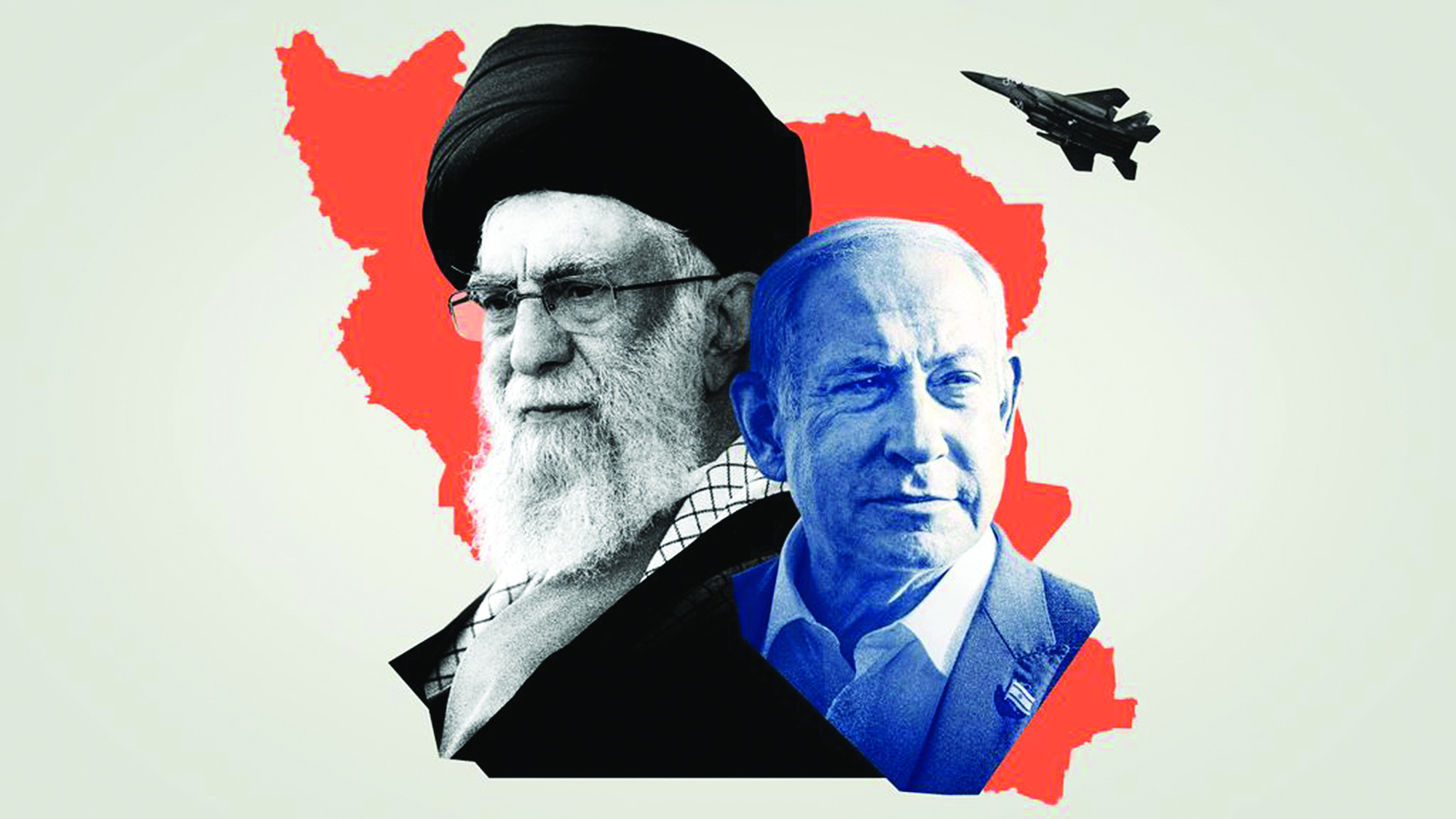Israel vs. Iran: An Unequal Military Showdown

Israel vs. Iran: An Unequal Military Showdown
June 14, 2025 – The Middle East teeters on the brink of a wider conflict as Iran launched a wave of missiles at Israeli territory in retaliation for unprecedented Israeli airstrikes a day prior. While the Iron Dome intercepted 85% of the projectiles, the confrontation underscores a glaring military imbalance between the two nations.
Rising from the Shadows: “Operation Rising Lion”
On June 13, Israel launched “Operation Rising Lion” — a sweeping aerial campaign targeting Iran’s nuclear facilities, military bases, and senior leadership. The strikes reportedly eliminated top figures such as IRGC Commander Hossein Salami and Chief of Staff Mohammad Bagheri, shifting the long-simmering shadow war into a direct and dangerous confrontation.
In response, Iran’s Supreme Leader Ayatollah Ali Khamenei vowed harsh retribution, initiating “True Promise 3” — a counterattack involving over 100 drones and missiles targeting Israeli territory. Yet, the overwhelming superiority of Israel’s air defenses blunted the impact.
Israel’s Military Edge
1. Air Dominance
Israel’s Air Force is among the most advanced in the world. With state-of-the-art jets like the F-35I “Adir” (a custom variant of the F-35A), upgraded F-15I “Ra’am,” and F-16I “Sufa,” the Israeli Defense Forces (IDF) maintain unmatched aerial capabilities. Their Gulfstream G550 AWACS aircraft further bolster surveillance, precision, and electronic warfare capabilities.
By contrast, Iran’s air fleet relies on outdated American aircraft like the F-4, F-5, and F-14 (pre-1979), and Soviet-era MiG-29s and Su-24s. While Iran has introduced domestically produced fighters such as the Kowsar, they lack the sophistication of their Israeli counterparts.
Middle East expert Dr. Michael Eisenstadt notes, “Iran’s Air Force simply cannot compete with Israel’s qualitative superiority, allowing the IDF to dominate any direct confrontation.”
2. Naval Capabilities
Despite its smaller size, Israel’s navy is strategically equipped. The Sa’ar 6-class corvettes boast C-Dome missile systems and long-range cruise missiles. More critically, Israel’s Dolphin-class submarines — capable of carrying nuclear warheads — offer second-strike capabilities and project power across the Mediterranean.
Iran, meanwhile, leans on asymmetric naval tactics. Its fleet of fast attack craft, mini-submarines, and swarm strategies threatens commercial shipping in the Strait of Hormuz but lacks resilience against high-tech adversaries. Iranian naval vessels, including outdated destroyers, remain vulnerable to Israeli airpower.
Retired U.S. Admiral Michael Mullen remarked: “Iran’s naval doctrine is designed for disruption, not direct confrontation — ill-suited to face a technologically superior foe like Israel.”
3. Missile and Defense Systems
Israel operates one of the most layered and advanced missile defense networks globally: Iron Dome (short-range), David’s Sling (medium-range), and Arrow (long-range/anti-ballistic). These systems proved their worth during Iran’s latest barrage, intercepting the majority of over 100 projectiles.
Offensively, Israel possesses the Jericho 3 intercontinental missile — with a 4,800–6,500 km range and potential nuclear payloads — as reported by SIPRI.
Iran owns the largest missile arsenal in the Middle East, including Shahab-3, Sejjil, and Kheibar Shekan missiles. These serve as its primary deterrent and have been supplied to proxies like Hezbollah and the Houthis. However, Israel’s multi-tiered defenses significantly reduce their threat.
Ali Vaez, Iran Director at the International Crisis Group, observes, “Iran’s missile threat is blunted by Israel’s layered defenses, while Iran’s own air defenses — including Russian-made S-300s — have been degraded by recent Israeli strikes.”
4. Cyber and Intelligence Supremacy
Israel’s cyber and intelligence prowess, led by Mossad and Unit 8200, is unrivaled in the region. Cyberattacks like the Stuxnet virus targeting Iran’s nuclear program exemplify its disruptive capabilities. The recent airstrikes reportedly involved Mossad-activated UAVs operating inside Iran — highlighting deep infiltration.
Dr. Emily Landau, a nuclear non-proliferation expert, notes, “Israel’s intelligence penetration and cyber capabilities enable preemptive strikes with minimal risk.”
Though Iran has invested heavily in cyber warfare, including IRGC-led attacks on Israeli and Western infrastructure, a 2024 RAND report ranks Iran’s cyber capabilities as significantly inferior in scale and sophistication.
Iran’s Asymmetric Strategy
Iran’s military doctrine favors asymmetric warfare, relying on proxy forces like Hezbollah, Iraqi militias, and the Houthis to expand influence without direct confrontation. These groups have previously attacked Israel using rockets, ambushes, and terrorism.
However, recent Israeli campaigns have severely weakened these proxies, especially Hezbollah. As analyst Dr. Matthew Levitt states: “Iran’s once-formidable proxy network has been critically degraded, forcing Tehran to resort to direct — and less effective — responses.”
Iran’s drone program, featuring Shahed-136, Mohajer-6, and Shahed-129, serves as a low-cost, long-range strike option. These drones, used extensively in Ukraine by Russia, remain a core component of Iran’s asymmetric arsenal. Yet, Israeli preemptive strikes, like those on June 13, have neutralized many of these threats.
Nuclear Flashpoint and Escalation Risks
Iran’s nuclear program remains the most contentious issue. In June 2025, the IAEA declared Iran non-compliant for enriching uranium to 60% — near weapons-grade. Israel’s strikes on sites like Natanz aim to delay Iran’s nuclear timeline.
Prime Minister Netanyahu claimed Iran is “weeks away” from weapon capability. However, experts warn such actions could push Iran to abandon the Non-Proliferation Treaty (NPT) and accelerate nuclear development if it perceives an existential threat.
Ali Vaez cautions: “Israel’s strikes may delay, but also provoke Iran into a more aggressive posture — potentially altering the nuclear landscape.”

Strategic Asymmetries and Outlook
Israel’s doctrine emphasizes preemptive strikes and active defense to neutralize threats before they fully materialize. Operation “Rising Lion” exemplifies this, targeting critical infrastructure and leadership to cripple Iran’s command and deterrent capabilities.
Iran’s options are increasingly constrained. With key leaders eliminated and limited retaliatory effectiveness, Tehran may turn to symbolic actions, cyber attacks, or further proxy efforts. But weakened networks and internal limitations reduce their impact.
Dr. Eisenstadt concludes: “Iran’s regional influence is at a historic low, forcing it to rely on symbolism rather than substantive retaliation.”
The risk of escalation remains high. Al Jazeera reports that Iran may reconsider its ban on nuclear weapons or even withdraw from the NPT. A move like this would elevate tensions and invite U.S. and international intervention. The Washington Post warns a broader conflict could destabilize global energy markets and further inflame the Middle East.
Conclusion
The Israel-Iran confrontation, intensified by Operation Rising Lion, reveals a lopsided contest. Israel’s technological dominance, global alliances, and preemptive strategy afford it a decisive advantage over Iran’s aging military and asymmetric tactics. While Iran retains deterrent assets, its ability to strike back meaningfully is severely limited.
As diplomacy falters and tensions escalate, the region faces an unpredictable future. As Dr. Landau notes, “Israel’s gamble may delay Iran’s nuclear ambitions, but at the cost of pushing the region closer to a perilous tipping point.”

Let me know if you want this formatted as a newsletter, infographic, or in a visual presentation (PowerPoint, carousel, etc.).











